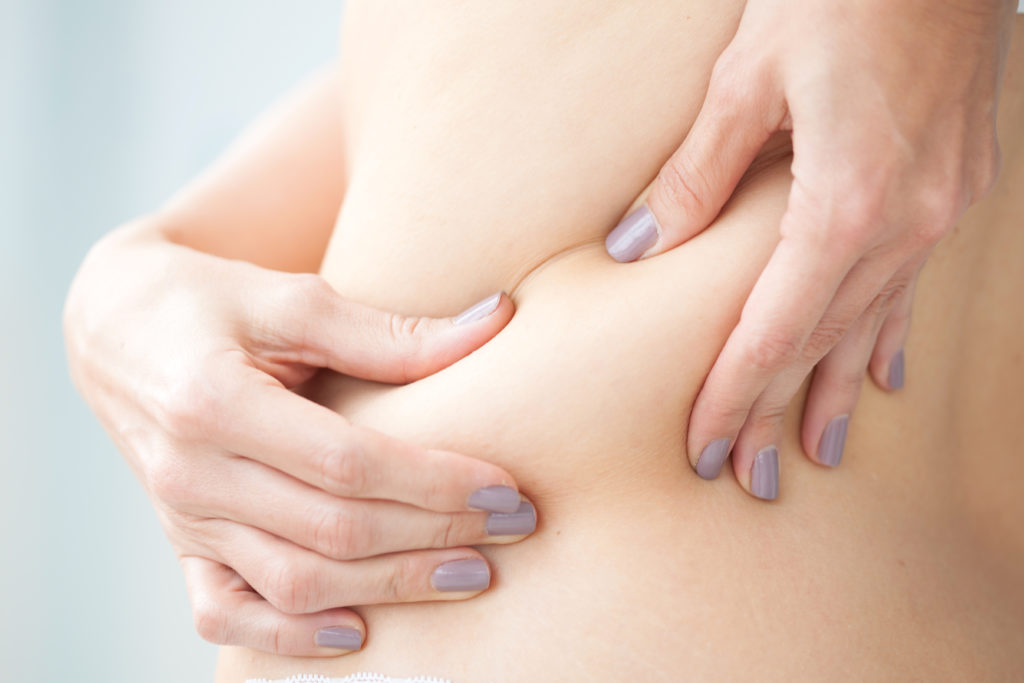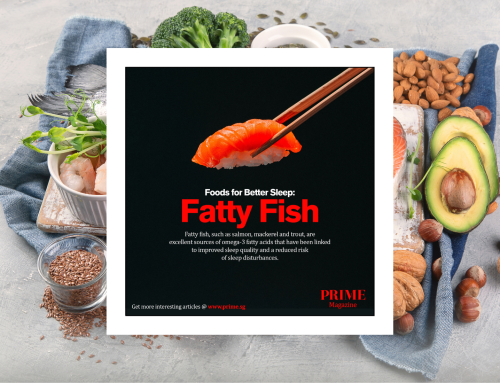Visceral fat is especially dangerous – other than causing a protruding belly and a large waistline, it could change the way your body functions.

Visceral fat is known as a TMdeep fat that is stored further underneath the skin unlike TMsubcutaneous belly fat. It is a form of gel-like fat that wraps around major organs, including the liver, pancreas and kidneys.
In general, men usually have more visceral fat than women, but women are not an exception and still need to take precautions. According to a study carried out by the American Heart Association, visceral fat may have a greater impact on the cardiovascular health of older women, than overall obesity. Danish researchers also found that women with excessive belly fat have a greater risk of atherosclerosis (a disease in which plaque builds up in your arteries), than those who store fat mostly in their hips, thighs and buttocks.
What Happens
The proximity of visceral fat to your liver boosts production of LDL (bad) cholesterol, which collects in the arteries and forms plaque. Over time, the plaque becomes inflamed, causing swelling that narrows the arteries, restricting the passage of blood. The narrowing passageways increase blood pressure, straining the heart and potentially damaging tiny capillaries. The inflammation further increases the risk of blood clots that could cause stroke.
How Visceral Fat Develops & How To Prevent It
When there is too much glucose in our bloodstream, glucose is stored as fat. This occurs a lot quicker when consuming refined processed carbohydrates and sugary foods. Processed starches, like white bread or white rice are rapidly converted into simple sugars that enter the bloodstream and trigger a larger release of insulin from the pancreas. This usually results in weight gain, and causes more hunger, which leads to continued overeating. The longer the blood insulin levels remain high, one is more likely to accumulate body fat and to battle weight problems.
Risk Factors
The health risks associated with extra abdominal fat increases with:
Age
Over 45 years in men Over 55 years in women
Ethnicity
African-American Hispanic
Asian
Complications
Storing excess visceral fat is linked with the following:
- Higher risk for heart disease and stroke
- More likely to battle dementia
- Higher probability of depression and mood problems
- Increased inflammation Higher risk of diabetes Harder to achieve weight loss
How To Tell If You Have Excess Visceral Fat
MRI scan
The most accurate way to tell if you are storing excess visceral fat is to undergo an MRI (Magnetic Resonance Imaging) scan. However MRI scans are not recommended as a diagnosis tool for diabetes risk.
Measure your waist and hip
Another method you can use to measure your own fat is to take a circumference measurement of the waist and hip and divide the waist measurement by the hip measurement. If the number is larger than 1.0 for men, or 0.85 for women, then it is considered excessive.
Assess your stomach fat
To see how much of that fat is visceral, measure your stomach while standing up, and while lying down. Subcutaneous fat will fall to the sides of your body, but visceral fat will remain where it is.
What You Need to Know about Visceral Fat
Cutting calories, limiting certain foods and exercising can help minimise excess visceral fat. Here are some tips to lower your risk for storing visceral fat:
Eat Less
A research study, published in 2011 by Newcastle University, showed that a very low calorie diet could significantly reduce levels of visceral fat in people with type 2 diabetes. Along with the reduction in visceral fat, the study participants recorded improved blood glucose levels and a number of them were able to reduce or come off their diabetes medication.
Swap
Trade white bread for 100-percent whole-wheat bread; opt for brown rice instead of white rice, and have oatmeal for breakfast instead of cornflakes.
Have salmon for dinner instead of prime rib, use olive oil for cooking instead of butter, and snack on walnuts or sunflower seeds instead of chips and crackers.
Replace sugar sweetened beverages with calorie-free options such as water, tea or black coffee.
Exercise
Dieting alone won’t get rid of significant amounts of visceral fat; it is best to exercise too. Harvard Medical School recommends getting 30 to 60 minutes of cardio per day. Exercise helps us balance insulin and makes our cells more primed for using glucose.
Relax
Stress can interfere with appetite control, metabolism, sleep and cravings. It is therefore advisable to practice stress-reducing techniques like meditation, exercise, or reading.
Sleep
Getting at least seven to eight hours of sleep a night can help with hormone and weight control. Adequate rest resets our appetite and stress hormones, boosts our metabolism and keeps cravings away. Calming essential oils, or taking a warm bath before bed may help with getting quality sleep.










